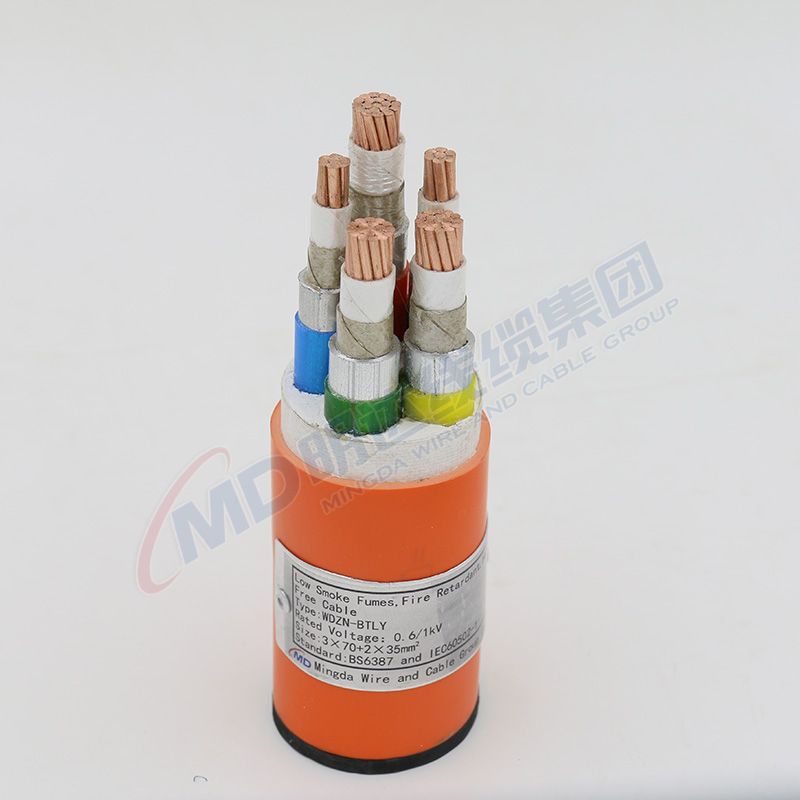dec . 10, 2024 01:18 Back to list
Flanged Swing Check Valve Specifications and Applications Guide
Understanding Swing Check Valve Flange Type
Swing check valves are vital components in various piping systems, ensuring efficient fluid flow while preventing backflow. Among the various designs available, the flange type of swing check valve is widely used in industrial applications. This article discusses the importance, design features, benefits, installation, and maintenance of swing check valves with a flange connection.
What is a Swing Check Valve?
A swing check valve is a type of non-return valve that allows fluid to flow in one direction only. It operates using a hinged disc that swings open and closed with the flow of fluid. When the fluid moves in the designated direction, the disc swings open, permitting passage. When the flow reverses, the disc swings back into place, effectively sealing the valve and preventing backflow.
Flange Type Design
The flange type swing check valve features flanged ends that allow for easy installation and replacement in piping systems. These flanges are typically manufactured according to standardized sizes, such as ANSI, ASME, or DIN, ensuring compatibility with various piping systems. The design facilitates a secure connection to the pipeline, which is critical for maintaining pressure and preventing leaks.
Flange swing check valves are available in various materials, including cast iron, stainless steel, and bronze, each suited for different applications and fluid types. The choice of material affects the valve's durability, corrosion resistance, and temperature tolerance.
Benefits of Swing Check Valve Flange Type
1. Robust Design The flange type construction provides a strong, sturdy connection, reducing the risk of leaks at the joints. This feature is particularly important in high-pressure applications.
2. Ease of Installation The flanged design allows for quick installation and removal. This ease of maintenance is critical in industrial settings where downtime can significantly affect productivity.
swing check valve flange type

4. Versatile Applications These valves can be utilized in various industries, including water treatment, oil and gas, chemical processing, and HVAC systems. Their versatility makes them a go-to choice for many engineers.
5. Effective Backflow Prevention The swing action of the disc provides reliable backflow prevention, safeguarding pumps, compressors, and other critical equipment from reverse flow damage.
Installation Guidelines
Installing a flange type swing check valve requires careful attention to ensure proper function and longevity. Key guidelines include
- Alignment Ensure that the valve is properly aligned with the piping to prevent stress and misalignment that can lead to premature failure. - Flange Gaskets Use appropriate gaskets between the valve flanges and the pipeline flanges to prevent leakage. - Torque Specifications Follow the manufacturer’s torque specifications when fastening the bolts to ensure a secure connection without over-tightening, which can cause damage. - Vertical or Horizontal Positioning Swing check valves can be installed in both vertical and horizontal positions, but the disc’s movement should always allow for unobstructed flow.
Maintenance Considerations
Maintaining a swing check valve is crucial for ensuring its longevity and reliability. Regular inspections should focus on
- Checking for Leaks Look for any signs of leakage around the flanges or valve body, which could indicate a failing seal or gasket. - Inspecting the Disc Ensure that the disc can swing freely. Obstructions or build-up can impede movement, affecting performance. - Cleaning Accumulations Regularly clean any sediment or buildup that may accumulate inside the valve, especially in systems handling particulate-laden fluids.
Conclusion
In summary, swing check valves with flange connections are essential components that enhance the efficiency and safety of fluid systems. Their robust design, ease of installation, and effective backflow prevention make them a preferred choice across various industries. Proper installation and regular maintenance are critical to ensure their functionality and longevity. Understanding these aspects can lead to more effective system designs and improved operational reliability in your applications.
Share
-
Reliable Wafer Type Butterfly Valves for Every IndustryNewsJul.25,2025
-
Reliable Flow Control Begins with the Right Ball Check ValveNewsJul.25,2025
-
Precision Flow Control Starts with Quality ValvesNewsJul.25,2025
-
Industrial Flow Control ReliabilityNewsJul.25,2025
-
Engineered for Efficiency Gate Valves That Power Industrial PerformanceNewsJul.25,2025
-
Empowering Infrastructure Through Quality ManufacturingNewsJul.25,2025